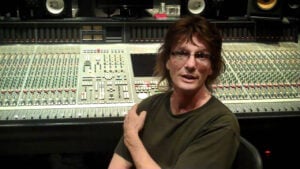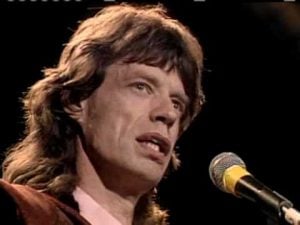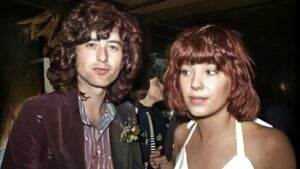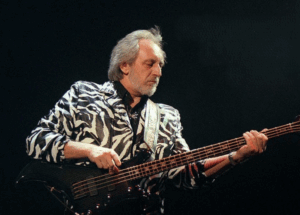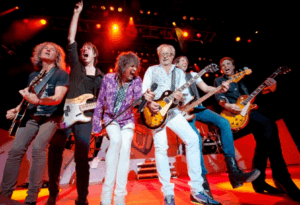Was John Lennon A Great Guitarist?
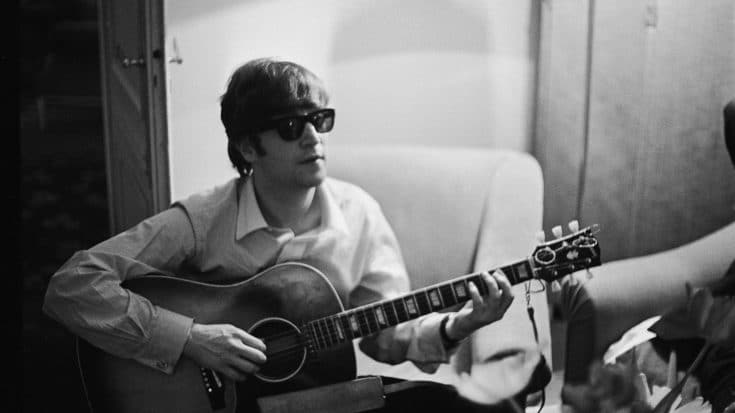
John Lennon (1940 - 1980) of the Beatles plays the guitar in a hotel room in Paris, 16th January 1964. (Photo by Harry Benson/Express/Hulton Archive/Getty Images)
Four decades after the tragic event that claimed John Lennon’s life at the hands of Mark David Chapman, we take another look at this iconic figure’s musical influence. While many discussions and tributes often overlook this aspect, we delve into Lennon’s role as a guitarist.
The question of whether John Lennon qualifies as a great guitarist has been met with mixed opinions. While he may not have reached the heights of renowned guitarists like Jimi Hendrix, Eric Clapton, or Jeff Beck, it’s essential to acknowledge his unique contributions. In the Beatles, the spotlight on guitar solos primarily belonged to George Harrison, as neither Lennon nor Paul McCartney excelled in that aspect.
During the initial phase of Beatlemania, Lennon’s focus on the guitar centered on rhythm. Despite appearing unremarkable, his guitar work featured intricate moments that added depth to the overall sound. For instance, in the early hit “All My Loving,” Lennon employed fast triplets to drive the rhythm seamlessly.
In “‘Til There Was You,” Lennon showcased a sophisticated rhythm reminiscent of Bolero and Jazz, demonstrating his versatility beyond the expected.
A Look at His Solo Debut
Lennon’s first formal solo with the Beatles occurred in “You Can’t Do That” on February 25, 1964. While not the most dazzling solo, it marked the beginning of his distinctive technique—what he would later define as “primitive guitar.”
Between 1968 and the end of his career, John Lennon explored the guitar and produced some of the most memorable guitar riffs for both his solo albums and several Beatles songs. Lennon’s creative comeback was marked by The White Album, which captured the shifting musical environment shaped by acts like Led Zeppelin and Jimi Hendrix.
Lennon’s Musical Range
Songs like “Yer Blues” and “Revolution” showcased Lennon’s evolving style. In “Yer Blues,” he aimed to emulate Muddy Waters, delivering dark, suicidal lyrics accompanied by a remarkable solo on his Epiphone Casino. “Revolution,” released as the B-side of Hey Jude, featured Lennon’s distorted guitar, providing a satirical take on revolutionary bands like Led Zeppelin.
Lennon’s political commentary emerged in “Revolution,” marking a departure from the Beatles’ typical themes. Other tracks, such as “Happiness Is a Warm Gun” and his contribution to the heavy “Helter Skelter,” featured fierce guitar riffs, showcasing the breadth of his musical expression.
Amidst these bold compositions, Lennon also displayed his skill in softer moments, with impeccable strumming evident in ballads like “Julia” and “Dear Prudence.” Thus, John Lennon’s journey as a guitarist reveals a multifaceted artist who left an indelible mark on the world of music.






